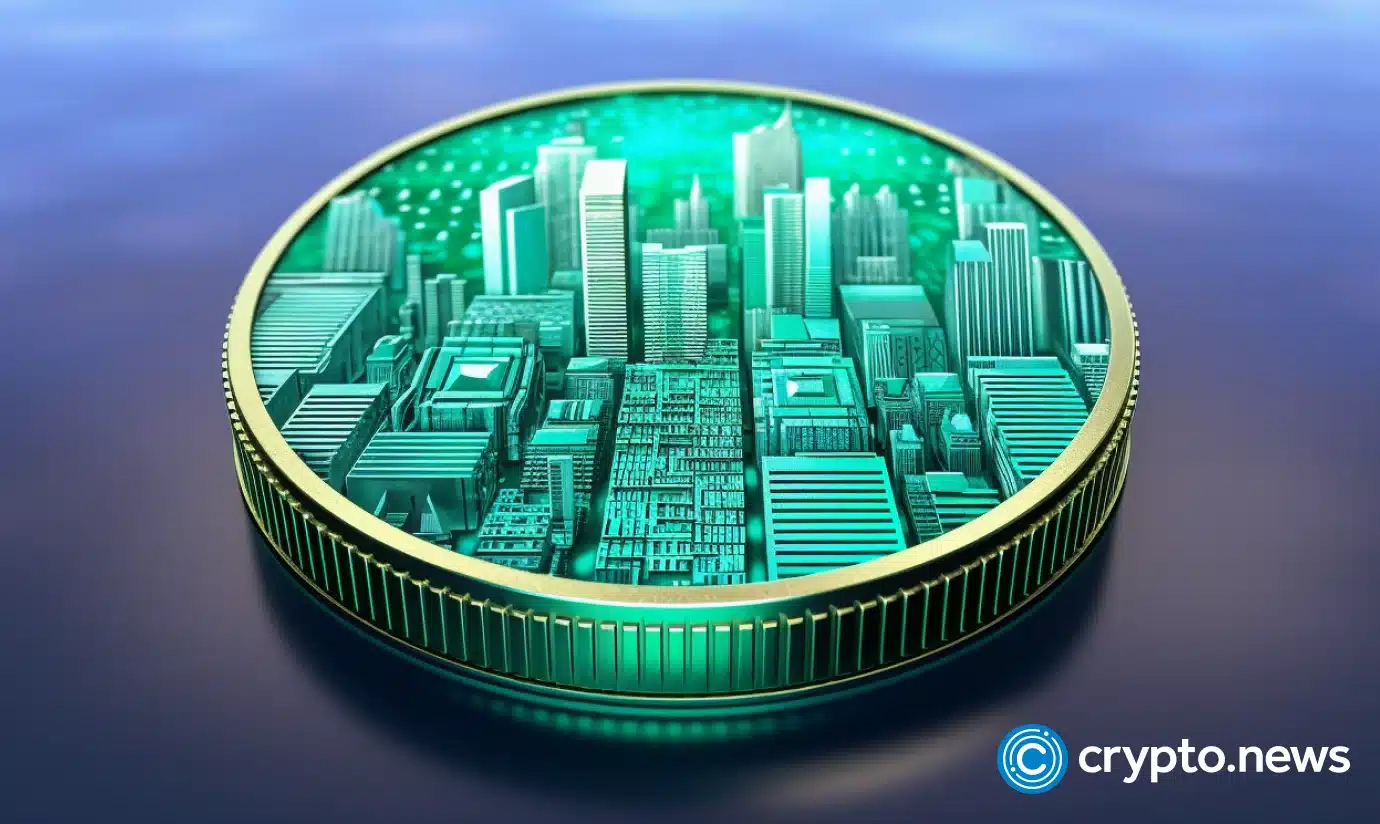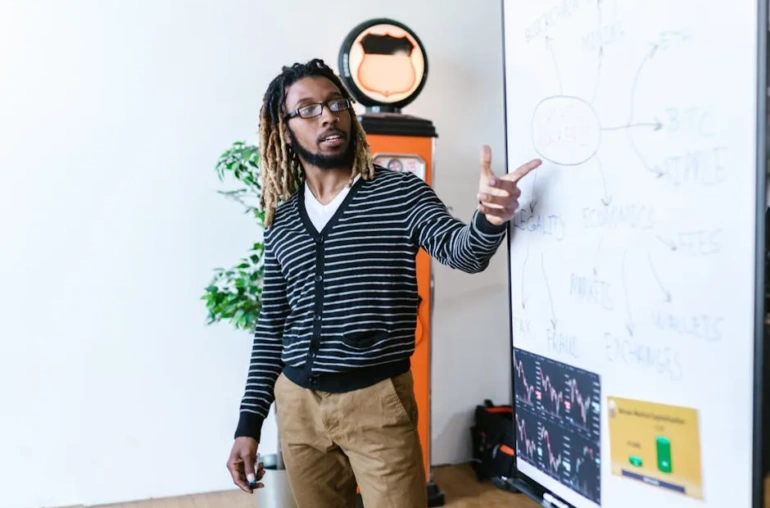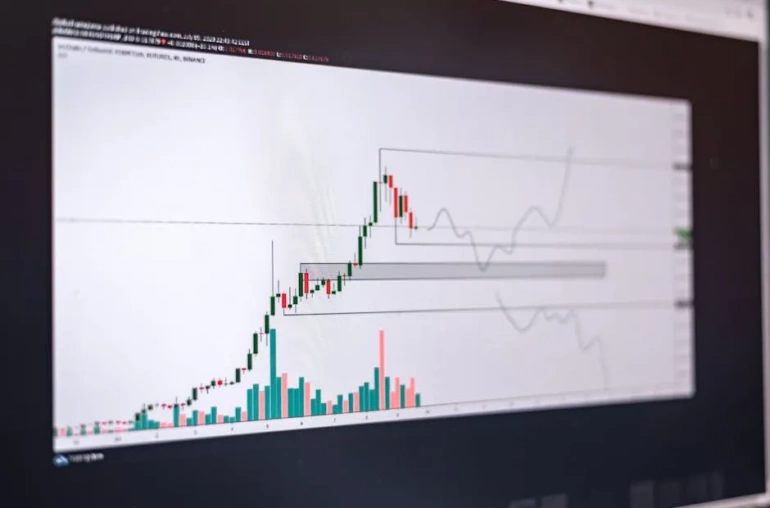
JPMorgan’s Kinexys Tests Carbon Credit Tokenization: A Game-Changer for Sustainability?
Wall Street giant JPMorgan is making waves in the blockchain space with its latest innovation: tokenizing carbon credits. Through its blockchain division, Onyx Digital Assets, the bank is testing a project called Kinexys, which aims to digitize carbon offsets and bring unprecedented efficiency to the $2 billion voluntary carbon market.

Why Tokenize Carbon Credits?
The voluntary carbon credit market has long struggled with inefficiencies, including:
- Manual processes that slow down transactions
- Lack of transparency in tracking offsets
- Fraud risks due to double-counting or misreporting
By converting carbon credits into digital assets on a blockchain, JPMorgan aims to solve these issues. Tokenization could enable:
- Real-time settlement of transactions
- Immutable records to prevent fraud
- Greater liquidity for a traditionally illiquid market
How Kinexys Works
While details are still emerging, reports suggest that Kinexys will leverage JPMorgan’s private blockchain to tokenize carbon offsets. This could allow corporations and investors to trade, track, and retire credits seamlessly. The project may also integrate with DeFi protocols, enabling new financial products like carbon credit-backed loans or derivatives.
The Bigger Picture: Blockchain Meets ESG
JPMorgan’s move highlights a growing trend: blockchain’s role in environmental, social, and governance (ESG) initiatives. Other players, like ClimateTrade and Regen Network, are also exploring blockchain-based carbon markets. If successful, Kinexys could set a new standard for transparency in sustainability finance.
Challenges Ahead
Despite the potential, hurdles remain:
- Regulatory scrutiny around tokenized assets
- Adoption barriers for traditional carbon market participants
- Scalability of blockchain solutions for global markets
Still, with JPMorgan’s backing, Kinexys could be a pivotal step toward a more efficient and trustworthy carbon economy. As the project develops, it may pave the way for broader tokenization of real-world assets (RWAs)—from commodities to real estate—on blockchain networks.
For now, the financial world is watching closely. Could this be the breakthrough that finally bridges Wall Street and sustainability?



